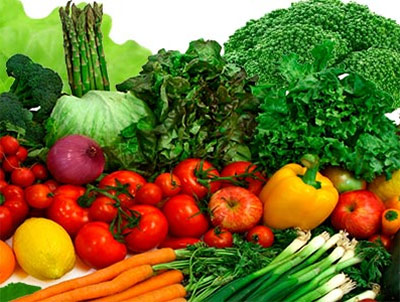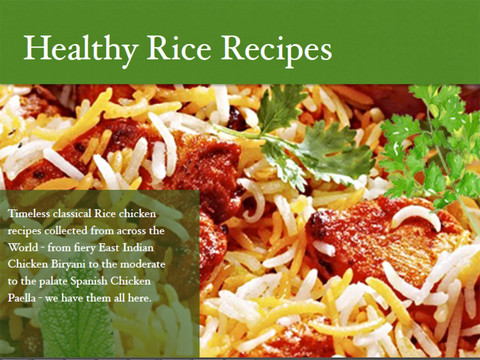Check out conversations between most groups of women…. And you are likely to hit the weight loss topic sooner rather than later. If you are looking at drastic ways to blast those piled-up pounds, don’t read further.
Here we are looking at healthy ways to lose weight and keep it down. We will focus on sustainable tips for losing weight; tips that do not include skewed meal plans, crash dieting and unrealistic exercise charts
Let us look instead at lifestyle changes that involve a commitment to healthier eating, active lifestyle and better energy levels.

1. Set realistic goals
Do not be vague in your weight loss goals. First assess your need to lose weight. Check with oft-used tools such as BMI calculator, waist-hip ratio and belly fat circumference. Then set a healthy weight loss target – one that is realistic and sustainable. It is best to note these details either using an app or in a chart. Plan out your weight loss strategy and the period it is stretched over.
2. Keeping a food journal
A food journal does more than track your caloric intake. It can help you identify your nutritional consumption pattern as well as reasons for overeating. Having to record everything you eat in itself is a deterrent to overeating.
It is essential to mention all the food you eat – even a small bite out of a friend’s dessert or a handful of peanuts. Some persons even go a step further and jot down their intake of any medications during a period. Do not log just what you eat but provide sufficient details such as portion size. It would be interesting and helpful to make note of your emotional state. This can help in identifying emotional overeating.
Smartphone apps for food journals help you schedule your recordings. Some apps also manage food journal and activity tracker together so that you get to know caloric intake and caloric burning. It makes you more conscious of every meal you consume and aids in slowing down your eating as well as making smarter choices. Check out apps such as MyFitnessPal, LoseIt and Cron-O-Meter that not only help you track your calories and nutrition but allow you to participate and share with other users.

So often we do something even without realizing it, especially with eating. Recording your daily eating helps you unlearn some unhealthy behaviors and consciously cultivate better eating patterns. You might notice that you tend to overeat at some points of the day or when some particular emotions overtake you. It could be that you tend to overeat when you eat out or when you eat with friends.
3. Identify and get a grip on emotional eating
Sugary foods trigger the pleasure areas in our brain, helping us feel temporarily better. When the daily grind seems overwhelming and juggling multiple roles at work and home appear daunting, ever so often we reach out for a comforting doughnut or bag of chips.
Learn to distinguish between emotional hunger and real physical hunger. Most often stressful eating comes on suddenly and needs instant gratification. It tends to trigger specific comfort foods. Emotional eating most often leads to overeating followed by guilt and regret.
4. Eat a healthy hearty breakfast
The role of a healthy breakfast cannot be sufficiently emphasized. Conventional practice is that breakfast be eaten within an hour or so on waking up. While the benefits of breakfast include better cognitive skills and energy levels, it also helps in controlling your waist line. This is because a healthy breakfast kick starts your metabolism thereby aiding weight loss.
Nutritionists suggest nearly 20 – 30 % of your guideline daily allowance of calories in your breakfast. Consuming a healthy breakfast makes you less likely to reach for sugary fatty snacks during the day. Higher memory and concentration levels are linked to regular breakfast.
Healthy breakfast options include oats porridge, fresh fruit, eggs, wholegrain toast, fruit or vegetable smoothies, yogurt, lean meat cuts and nuts. Grabbing high glycemic foods such as donuts and sugary cereals cannot be counted as a good breakfast. Low glycemic foods will provide sustained glucose and energy levels without the blips.
5. Eat Smart
Grazing between meals was a strict no-no for weight watchers. But the current trend towards smaller meals allows for smaller healthier snacks with high nutrient and satiety levels.
Peanut butter on fruit, a stick of string cheese, hard boiled egg, and handful of nuts, roasted chickpeas, bean dip and hummus are just some of the snacks you can keep handy. Another important eating tip is to savor your intake. Do not eat distractedly by watching television or texting or driving.
6. Cook Smart
It is best to listen to your body and fuel up. Opt for roasting, poaching, sautéing, grilling and baking. Avoid dousing your dishes in butter, sauce, dressings and shortening. Try incorporating vinegar, herbs and homemade salsa. If you looking at a weight loss plan, eat most of your meals at home. Plan your weekly cooking in advance. With some smart tips and time management, you can make delicious healthy meals without slaving hours in the kitchen. Avoid processed foods and partially hydrogenated foods. Eat your fruits instead of juicing them.
7. Incorporate fitness into your lifestyle
Incorporate fitness into your lifestyle. Do not sit for long hours. Try to walk around every hour. Pacing while you use the telephone is a good idea. Choose exercise that suits your personality and lifestyle. Be it indoor gymming, outdoor running or swimming or a sport; make it uniquely your own choice. Exercising with a group or a buddy makes it easier to stick to the regimen.

Use the stairs instead of the elevator. Strength training revs up the metabolism. More muscle translates to a body that efficiently burns more fat throughout the day. Even if you can’t exercise every day, try to catch a few minutes of brisk walking. Buy a pedometer and aim to reach 10000 steps everyday. A combination of cardio and weight training helps you to shed the pounds.
8. Hydrate well
Often we mistake thirst for hunger. Keep yourself well hydrated. An interesting way to fuel up on water is to make flavored water at home. Chop lime, grapefruit, oranges and mint sprigs and add them to a jug of water. During the day, keep sipping on this flavored water. Iced green tea is another option for good hydration.
9. Enlist support
Much like book clubs, weight loss support groups help in moving towards a similar group. Others are also tackling similar issues and it helps to share and learn from experiences. Support groups are helpful in motivating you when your enthusiasm ebbs.
In fact surrounding yourself with persons seeking a healthier lifestyle makes it easier. In fact, you can team up with one or a small group who can encourage, support and celebrate each others’ victories.
10. Get enough sleep and rest
The toxic relation between sleep deprivation and overeating is now clear.

Elevated levels of ghrelin – the appetite stimulating hormone kicks into overdrive when your body is not sufficiently rested. When faced with poor sleeping pattern and insomnia, most often we tend to mistake fatigue for hunger and end up seeking high-calorie comfort food. Even losing just a couple of hours of sleep everyday can result in disrupted metabolism and unhealthy eating pattern.






